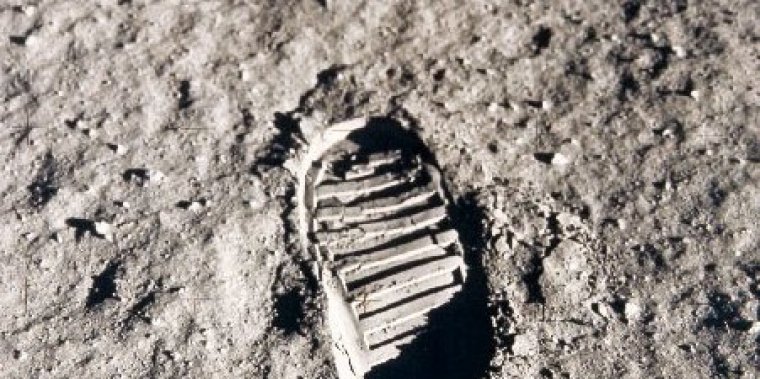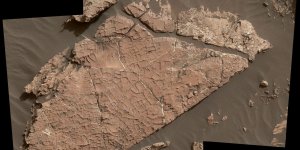| News / Space News |
Scientists Find Way to Extract Oxygen from Moon Dirt
The Moon is a pretty inhospitable place for humans but now scientists have figured out a way to get the Oxygen out of its dirt.

The lunar surface is covered by a layer of unconsolidated debris called the lunar regolith. Photo: NASA
There's no atmosphere on the moon for us to breathe. But there is a bunch of oxygen: The lunar regolith - the crumbly top layer of dirt and rubble on the Moon's surface - is loaded with it.
The process also doesn't produce waste. On the one hand, you get a bunch of oxygen. On the other, a bunch of metal alloys that it was bound up with. Both of these would be really useful on any future lunar bases or colonies.
Thanks to regolith samples returned from previous lunar missions, we know that oxygen is really quite abundant up there. Between 40 and 45 percent by weight of the regolith is oxygen - by far the most abundant component by weight.
This oxygen is an extremely valuable resource, but it is chemically bound in the material as oxides in the form of minerals or glass, and is therefore unavailable for immediate use.
Those samples are too valuable to experiment on directly, but having them means we can precisely recreate their consistency using terrestrial materials. This 'fake' lunar dirt is called lunar regolith simulant.
Scientists gone straight to electrolysis of the powdered regolith.
The processing was performed using a method called molten salt electrolysis. First, the regolith is placed in a mesh-lined basket. Calcium chloride - the electrolyte - is added, and the mix is heated to around 950 degrees Celsius, a temperature that doesn't melt the material. Then, an electrical current is applied. This extracts the oxygen, and migrates the salt to an anode, where it can be easily removed.
It took around 50 hours to extract 96 percent of the oxygen bound up in the regolith sample, but 75 percent of the oxygen lifted in the first 15 hours. Roughly a third of the total oxygen in the sample was detected in off-gas, and the rest was lost, but this is still a vast improvement on the yields of previous techniques.
There were three main alloy groups in the by-product, sometimes with small amounts of other metals mixed in: iron-aluminium, iron-silicon, and calcium-silicon-aluminium.
This process would give lunar settlers access to oxygen for fuel and life support, as well as a wide range of metal alloys for in-situ manufacturing. (Tasnim News Agency)
YOU MAY ALSO LIKE





